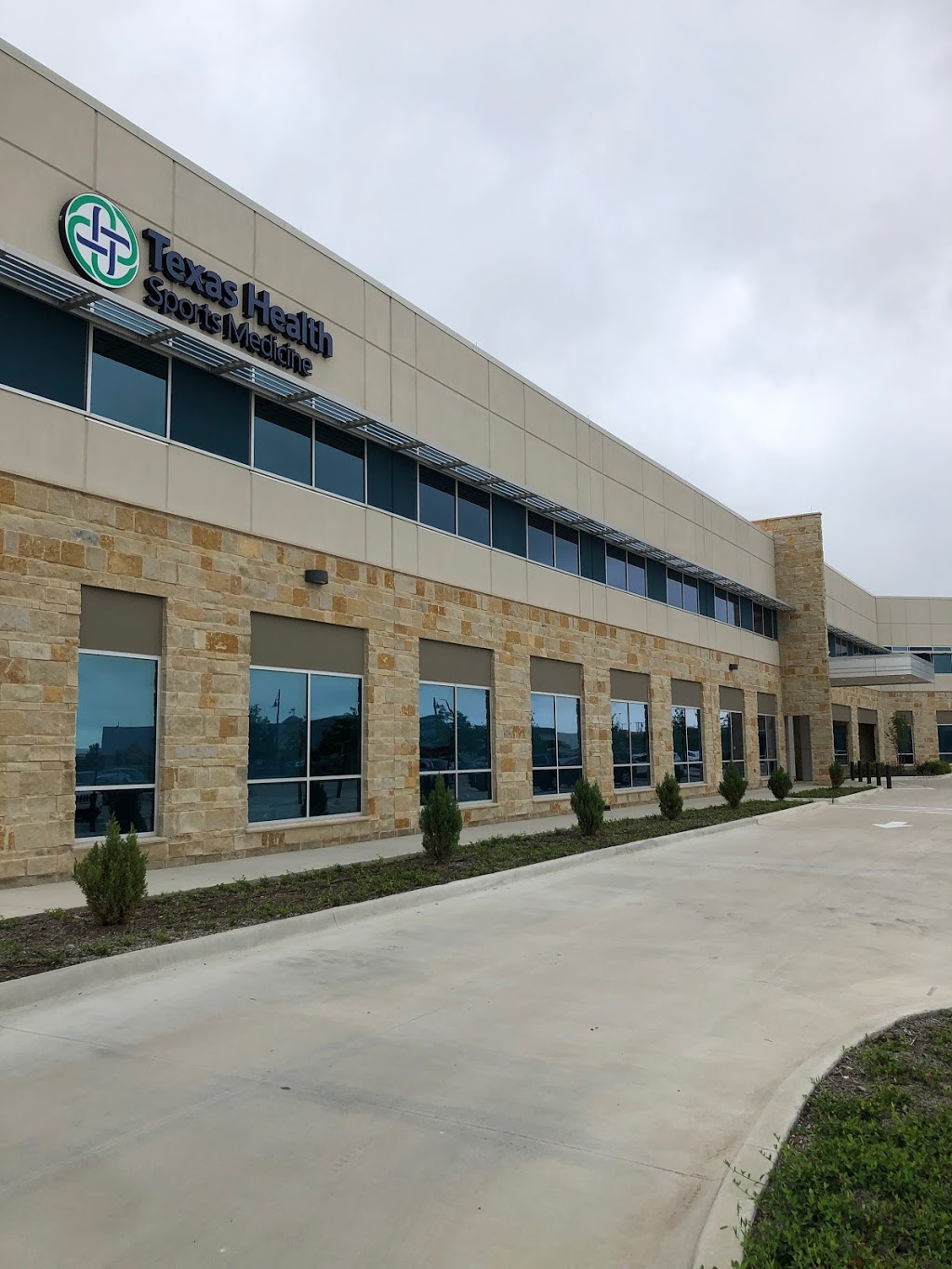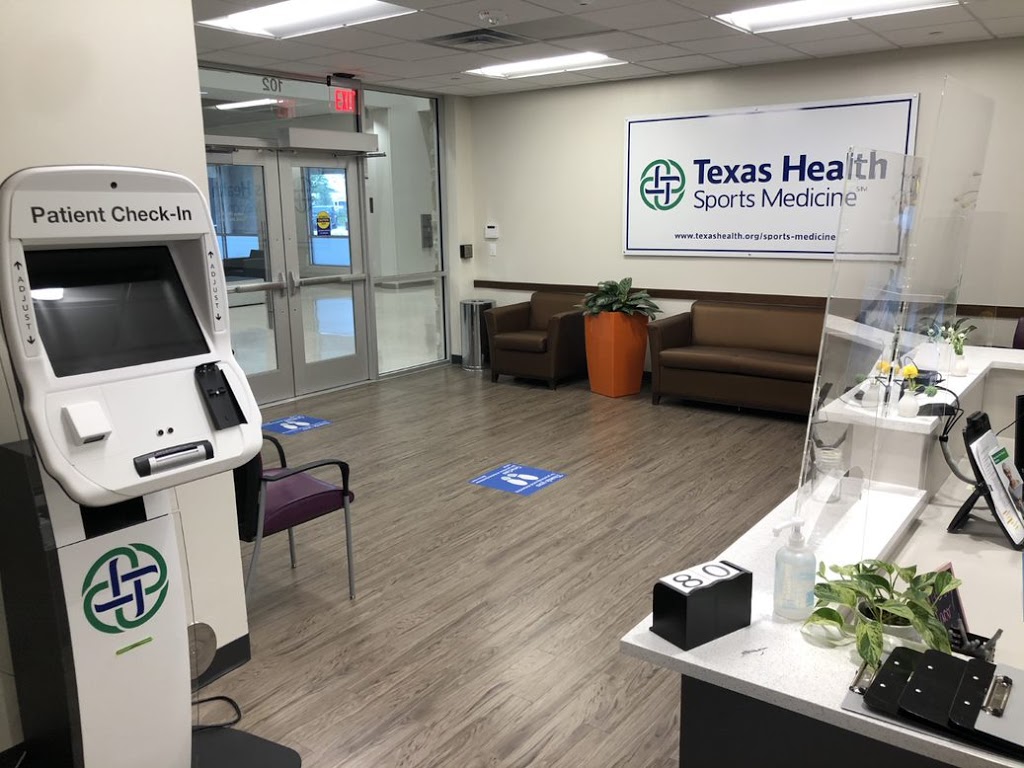Gassensmith Lab
Contact and Address
| State: | Texas |
|---|---|
| Address: | 800 W Campbell Rd, Richardson, TX 75080 |
| Zip code: | 75080 |
| Phone: | (972) 883-3596 |
| Website: | https://labs.utdallas.edu/gassensmith/ |
Opening Hours:
| Monday: | Open 24 hours |
|---|---|
| Tuesday: | Open 24 hours |
| Wednesday: | Open 24 hours |
| Thursday: | Open 24 hours |
| Friday: | Open 24 hours |
| Saturday: | Open 24 hours |
| Sunday: | Open 24 hours |
Reviews
-
Alexandra
(July 12, 2017, 3:58 pm)Working 24 hours from Wednesday to Sunday can be tough! Worth it. Cool VLPs and material science or whatever!
-
Hamilton Lee
(July 12, 2017, 10:40 am)They do great work here! Definitely recommended!
Questions & Answers
What is the phone number for Gassensmith Lab?
The phone number for Gassensmith Lab is (972) 883-3596.
Where is Gassensmith Lab located?
Gassensmith Lab is located at 800 W Campbell Rd, Richardson, TX 75080
What is the internet address for Gassensmith Lab?
The website (URL) for Gassensmith Lab is: https://labs.utdallas.edu/gassensmith/
What days are Gassensmith Lab open?
Gassensmith Lab is open:
Monday:Open 24 hours
Tuesday:Open 24 hours
Wednesday:Open 24 hours
Thursday:Open 24 hours
Friday:Open 24 hours
Saturday:Open 24 hours
Sunday:Open 24 hours
Photos of Gassensmith Lab


Gassensmith Lab On the Web
Gassensmith Lab » Gassensmith Chemical Virology
The Gassensmith Group is a multidisciplinary research group focused on protein based nanotechnology. F. C. Herbert, O. R. Brohlin, T. Galbraith, C. Benjamin, C. A. Reyes, M. A. Luzuriaga, A. Shahrivarkevishahi, J. J. Gassensmith.
Gassensmith Lab » Publications
Dr. Jeremiah J Gassensmith The University of Texas at Dallas Dept. of Chemistry & Biochemistry 800 West Campbell Road Mailstop: BS13 Richardson, TX 75080. Tel +1 (972) 883-3596 Fax +1 (972) 883-2925. Email: gassensmith@utdallas.edu Twitter: @Gassensmith.
Gassensmith Lab » Members
I joined the Gassensmith Lab via the Anson L. Clark Summer Research Program and I am excited to continue research. After graduation, I plan on attending medical school. Tel +1 (972) 883-3596 Fax +1 (972) 883-2925. Email: gassensmith@utdallas.edu Twitter: @Gassensmith.
Gassensmith Lab » 2020 » January
Dr. Jeremiah J Gassensmith The University of Texas at Dallas Dept. of Chemistry & Biochemistry 800 West Campbell Road Mailstop: BS13 Richardson, TX 75080. Tel +1 (972) 883-3596 Fax +1 (972) 883-2925. Email: gassensmith@utdallas.edu Twitter: @Gassensmith.
Gassensmith Lab » Gassensmith Chemical Virology | Thinklab
This week's featured faculty is Jeremiah Gassensmith: The @gassensmith lab looks at programing stimuli responsiveness into viruses and crystals for everything from lifting weights to killing cancer. Check us out at gassensmithlab.com! pic.twitter.com/w9zwrpwI9z.
(972) 883-5561 ›
Parking And Transport Auxiliary Services (490 ft). UTD BSB (584 ft). Gassensmith Lab (706 ft). Bioengineering Science Building (745 ft). (972) 883-5561 ›. Reviews Write a Review ›.
Alisia Tumac - Undergraduate Research Assistant | LinkedIn
UT Dallas Gassensmith Lab. The University of Texas at Dallas. Experience. Undergraduate Research Assistant | NSF REU Fellow. UT Dallas Gassensmith Lab.
Micro Lux Chants: Sonification of Bioluminescent Bacteria's Life Cycle...
Micro Lux Chants is a collaborative project between the ArtSciLab and the Gassensmith Lab (Biochemistry lab) at UT Dallas. For this research project the team uses a species of bioluminescent bacteria called Vibrio Fischeri, a symbiotic bacteria, found in the belly of the Hawaiian Bobtail Squid.
Michael A. Luzuriaga (0000-0001-6128-8800) - ORCID | Connecting...
Gassensmith Lab Linkedin Twitter. Currently, I am a Doctoral student in the Gassensmith lab, investigating the use of metal-organic-frameworks for protein and vaccine delivery.
Roger Malina
The team at the ArtSciLab and the Gassensmith Lab, has conducted significant studies through time lapse photography of these bacteria over two years, to understand the growth and decay of these bacteria through visualization.
Recently viewed
- Herbert Fleishman, RPH - 189 Beech Drive South, River Edge, NJ 07661, River Edge, NJ 07661, USA
- Maple Liquor Shop - 876 Springfield Ave, Irvington, NJ 07111, USA
- 58 Pembrooke Road - 58 Pembrooke Rd, Chatham Township, NJ 07928, USA
- BOTANICA CANDLES LA - 5959 Whittier Blvd, Los Angeles, CA 90022, USA
- Tenth & M.L. King SE - Long Beach, CA 90813, USA
- Orchard Hills School - 11555 Culver Dr, Irvine, CA 92602, USA
- Lutheran General - 445 Travelaire Ave, Naperville, IL 60565, USA
- Absolute Exhibits, Inc. - 7297 S Conway Rd #900, Orlando, FL 32812, USA
- Mystique Lounge - 14625 Buffalo Speedway, Houston, TX 77045, USA
- John W Dickason, MD - 790 Boston Rd, Billerica, MA 01821, USA
- Maguire Building, Oral Health/ Dental - Maguire Building Campus, Hines, IL 60141, USA
- People Inc - 7573 Scott Ave N, Brooklyn Park, MN 55443, USA
- Brian P. Riga, PharmD - 1510 S McCord Rd, Holland, OH 43528, USA
- Country Manor Mobile Village - 15619 NE Caples Rd, Brush Prairie, WA 98606, USA
- Eternal Life Church - 2425 Holt Ave, Columbus, OH 43219, USA
- Galerie Bonheur - P.O. Box 11221, St. Louis, MO 63105, USA
- Black Creek Arsenal LLC - 101 E Wellons St, Four Oaks, NC 27524, USA
- Vemuri Suresh MD - 1700 McMullen Booth Rd Ste C1, Clearwater, FL 33759, USA
- Challender Electric - Los Alamitos, CA 90720, USA